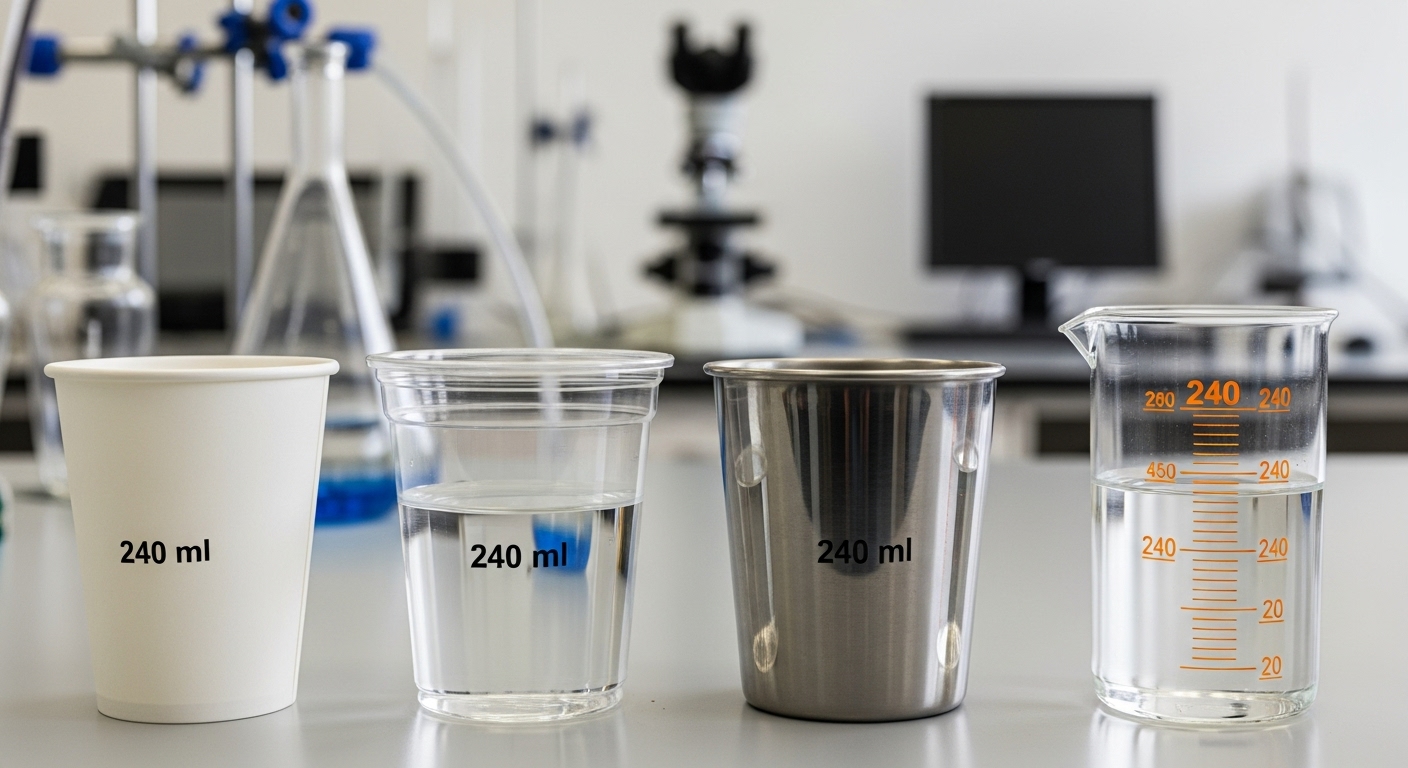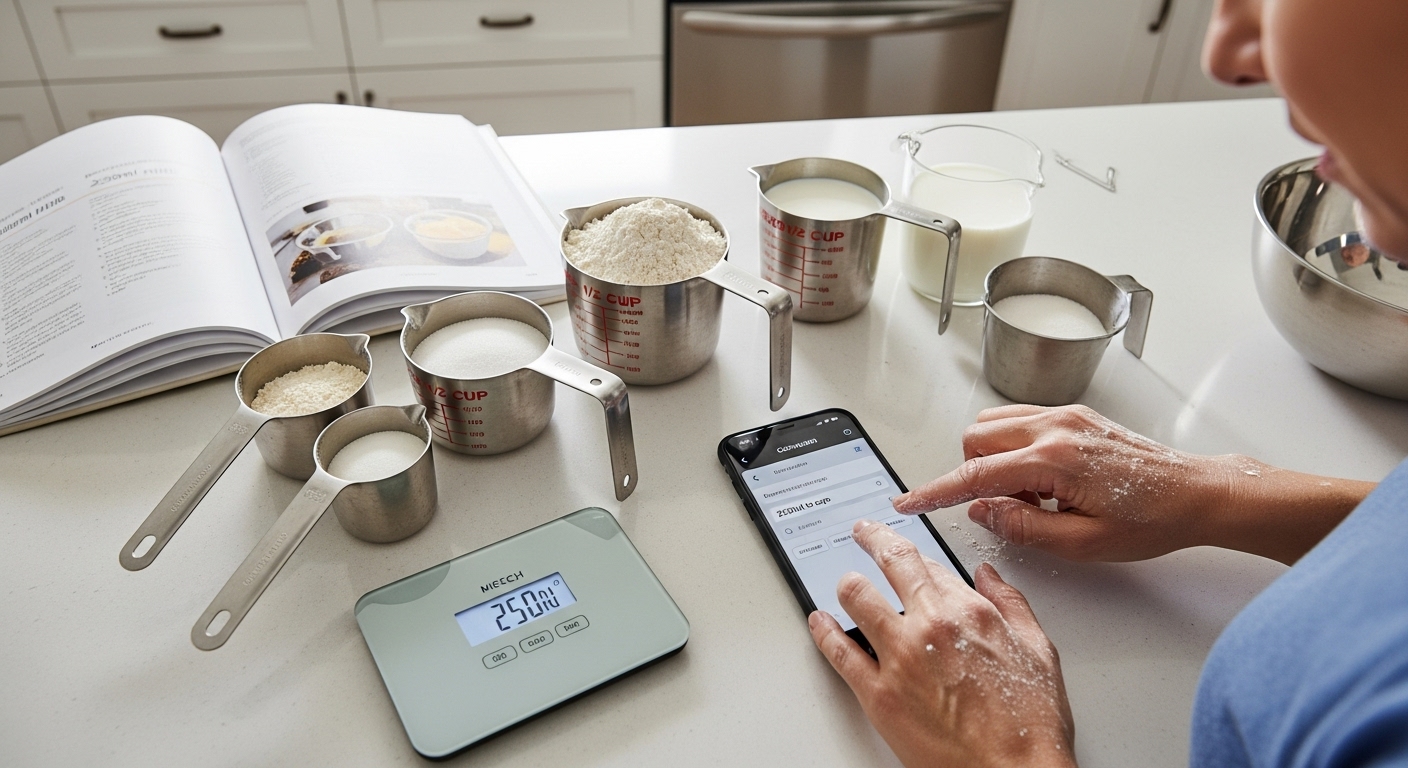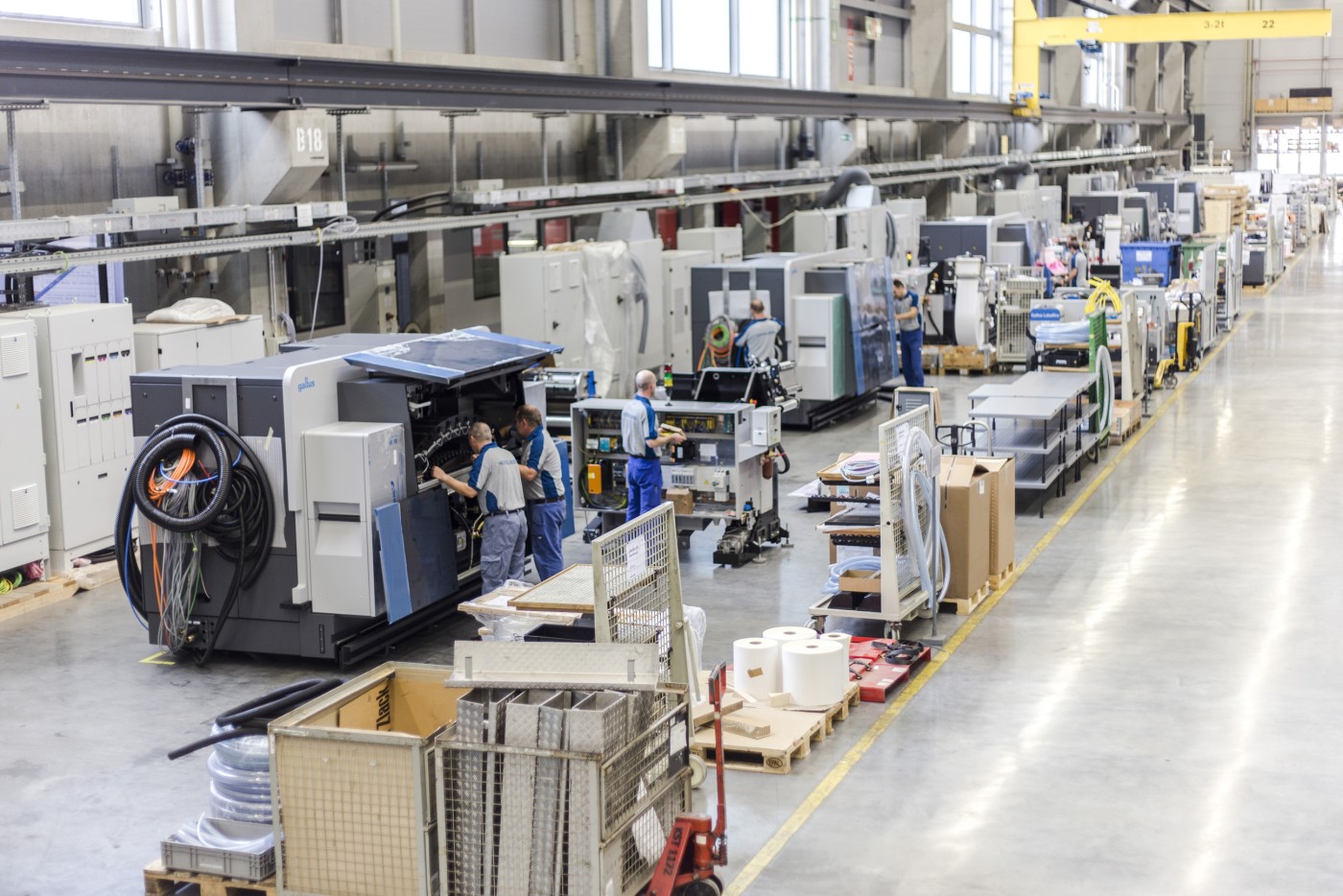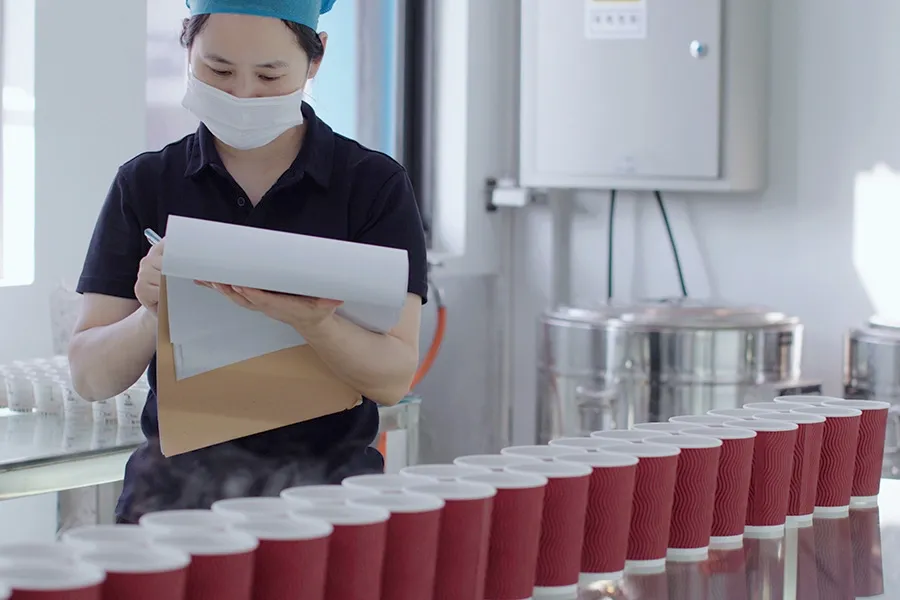The use of paper cups has become increasingly popular in recent years as a convenient and disposable way to consume hot or cold drinks in restaurant chains. However, the environmental impact of paper cup manufacturing and disposal has become a growing concern for environmentalists and consumers alike, just like the year 2023 bank failures to the list of warnings that companies give to shareholders, alongside geopolitical crises, climate change, economic turmoil, and lawsuits
This article will explore the environmental impact of paper cup manufacturing, including the materials used in their production, the energy required to make them, and the disposal of paper cups.
Paper cups are made from renewable resources (wood chips 95% by weight), but paper products in a landfill may not decompose or may release methane if decomposed anaerobically. The manufacture of paper requires inorganic chemicals and creates large amounts of water effluents. It’s estimated that the production of every 4 paper cups results in one pound of CO2 emissions. Unlike paper cups, plastic and styrofoam cups do not require the input of wood. However, both derivatives of oil, are another finite resource with its own environmental impact.

Materials Used in Paper Cup Manufacturing Paper cups are made from a combination of paper fibers and a polyethylene coating. The paper fibers used in paper cup manufacturing are sourced from trees, typically from virgin pulp. This means that the trees used to make paper cups are cut down specifically for that purpose. While some paper cups are made from recycled paper, the majority are not, meaning that a large number of trees are cut down each year to make disposable cups.
The polyethylene coating on paper cups is used to make them waterproof and is necessary for keeping liquids inside the cup without leaking. [Water-based barrier coated paper cup, is Get Bio Pak’s environmentally friendly alternative to the conventional poly lined cups.]However, this coating also makes paper cups difficult to recycle. The polyethylene coating cannot be separated from the paper fibers in the recycling process, meaning that paper cups can only be recycled in specialized facilities that are equipped to handle them.
Water-based barrier coated paper cups are made of paperboard, which is coated with a thin layer of a water-based coating material. This coating material is made of natural minerals and polymers, which creates a barrier between the paperboard and the liquid, making it resistant to moisture and liquid.


Energy Required for Paper Cup Manufacturing
The manufacturing of paper cups requires a significant amount of energy. The process starts with the pulping of the wood fibers, which involves boiling the wood chips in a chemical mixture to break down the fibers. This process requires a large amount of energy, both in the form of heat and electricity.

Once the wood fibers have been pulped, they are formed into paper sheets and then into the familiar shape of a paper cup. The shaping process requires the use of large amounts of heat and pressure, which also consumes a significant amount of energy.
Disposal of Paper Cups
One of the biggest environmental concerns with paper cups is their disposal. While paper cups are technically recyclable, they are rarely recycled due to the difficulty in separating the paper fibers from the polyethylene coating. As a result, the majority of paper cups end up in landfills, where they take years to decompose.

In addition to their slow decomposition rate, paper cups also release methane gas as they decompose, which is a potent greenhouse gas. Landfills are a significant source of methane emissions, and the disposal of paper cups contributes to this problem.
Alternatives to Paper Cups
Given the environmental impact of paper cup manufacturing and disposal, it is important to consider alternatives. One alternative is to use reusable cups, such as travel mugs or thermoses. Reusable cups can be used multiple times, reducing the need for disposable cups and reducing waste.

Another alternative is to use compostable cups, which are made from plant-based materials such as cornstarch or sugarcane. These cups are designed to break down quickly in composting facilities, reducing their impact on the environment.

Conclusion
The environmental impact of paper cup manufacturing and disposal is a growing concern for many people. Paper cups are made from virgin pulp, require a significant amount of energy to manufacture, and are difficult to recycle. Additionally, the disposal of paper cups contribute to methane emissions and the buildup of waste in landfills.
Alternatives to paper cups, such as reusable cups and compostable cups, offer a more sustainable solution. By reducing the use of disposable cups and transitioning to more sustainable alternatives, we can help reduce the environmental impact of our daily consumption habits.






